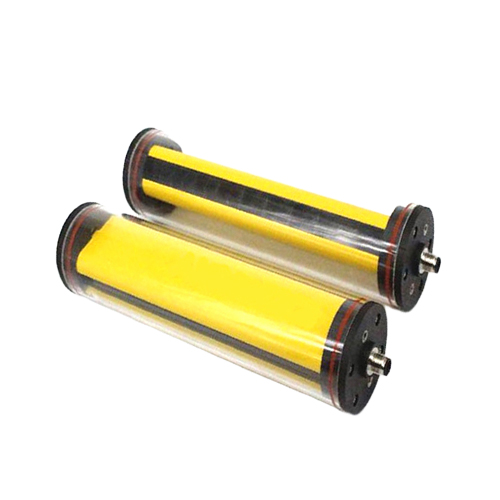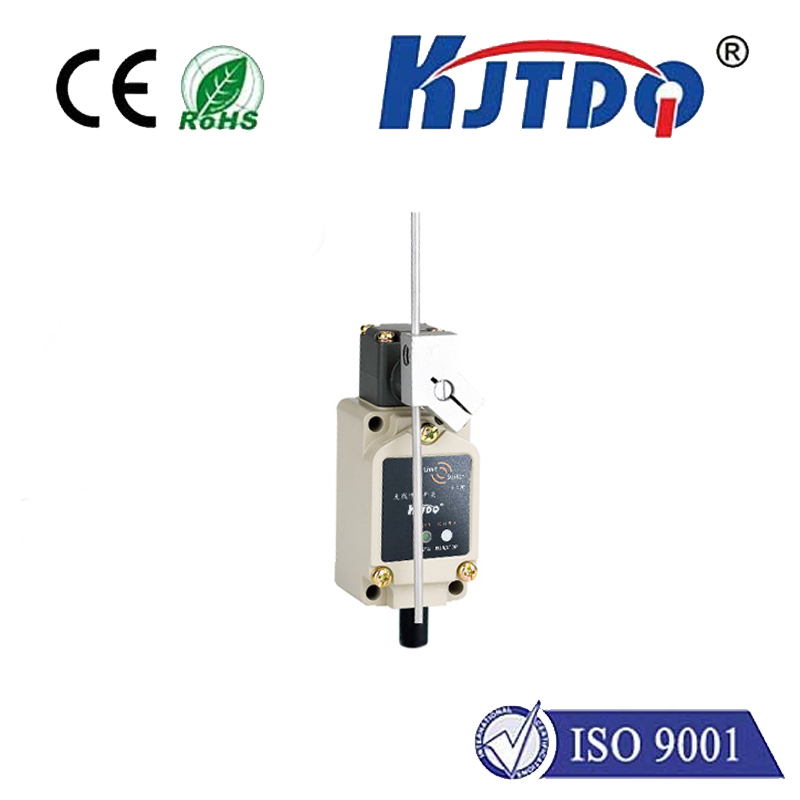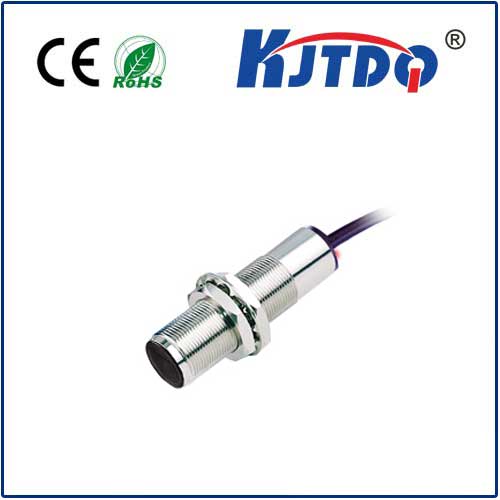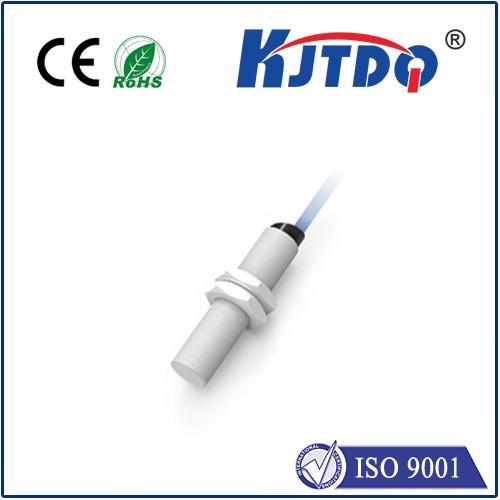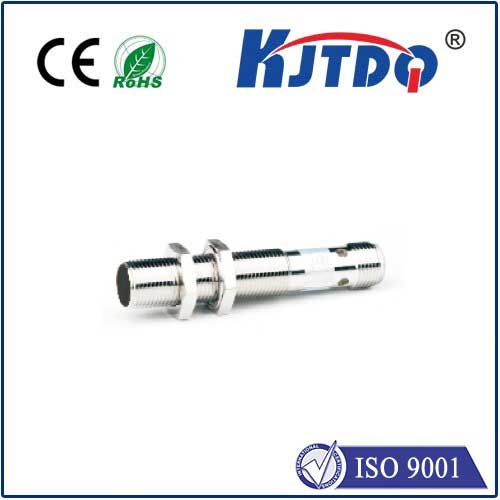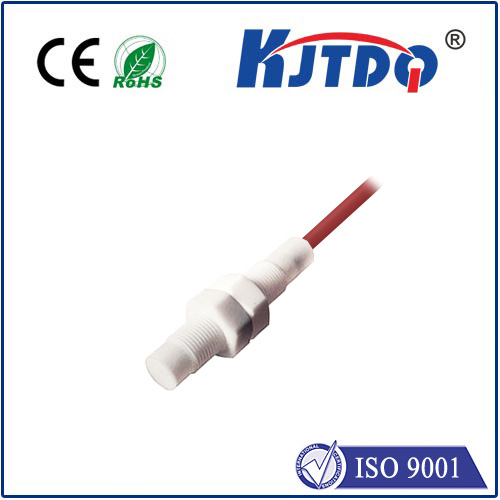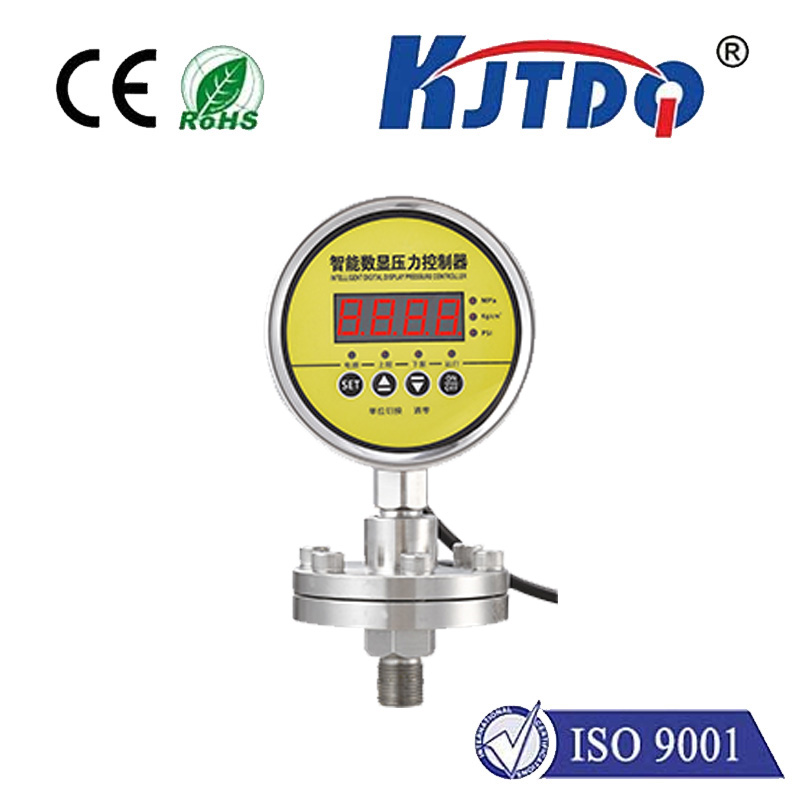

check

check

check

check

check

check

check

check

check

check
The Essential Guide to 24V Photoelectric Sensors: Powering Industrial Innovation
Imagine a bustling factory floor where every second counts—machinery hums, conveyor belts whir, and precision is paramount. Suddenly, a tiny device detects an approaching object, signaling a robotic arm to halt instantly, preventing costly damage. That unsung hero? A 24V photoelectric sensor. As industries embrace smarter automation, these sensors stand as silent guardians, leveraging their unique voltage design to enhance efficiency and safety. This article delves into why 24V photoelectric sensors are revolutionizing modern settings, from manufacturing lines to security systems, and explores their crucial advantages for businesses seeking reliable, low-power solutions.

First, what exactly is a photoelectric sensor? At its core, this device uses light beams to detect objects, distances, or changes in environments. When integrated with a 24V DC power supply, it becomes a 24v photoelectric sensor, a standard choice in industrial applications. Why 24V? Unlike higher voltages that pose safety risks or lower ones that struggle with interference, 24V offers a golden balance—sufficient power for robust operation while minimizing hazards and energy consumption. This voltage level aligns perfectly with common control systems, making it an ideal pick for seamless integration in automated setups. Essentially, the sensor emits a light beam (often infrared or laser-based) and monitors reflections or interruptions; if an object breaks the beam, it triggers an electrical output, enabling precise control in real-time.
The applications of 24v photoelectric sensors span diverse industries, driving innovation where accuracy is non-negotiable. In manufacturing, they excel at object detection on assembly lines—for instance, counting parts as they move or ensuring packaging is correctly aligned. This prevents jams and reduces waste, boosting productivity significantly. Similarly, in logistics, these sensors monitor conveyor belts to optimize sorting processes, enhancing throughput without manual oversight. Beyond production, they play a vital role in safety systems; by placing them near hazardous machinery, they can halt operations instantly if workers stray too close, preventing accidents. Even in everyday settings like retail automation, 24v photoelectric sensors enable touchless doors or inventory tracking, showcasing their versatility. One lesser-known application is in agriculture, where they monitor grain levels in silos, ensuring efficient resource management. By adapting to various environments, these sensors prove indispensable for modern automation initiatives.
Now, why choose a 24v photoelectric sensor over other options? The key benefits stem from its voltage design. First, low power consumption is a major plus—24V systems draw less energy than higher-voltage counterparts, cutting operational costs and supporting sustainability goals. This makes them eco-friendly and cost-effective for long-term use. Second, high reliability shines in demanding conditions; unlike mechanical switches that wear out, photoelectric sensors have no moving parts, reducing failure rates. They perform consistently in harsh settings like dusty factories or wet facilities, thanks to rugged enclosures. Third, easy installation simplifies deployment—compatible with standard 24V DC power sources, they plug into existing control panels without complex rewiring, slashing setup time. This versatility extends to their adjustable sensitivity, allowing users to fine-tune detection ranges for specific tasks, from small components to large pallets. In terms of cost, these sensors offer excellent value, often requiring less maintenance than alternatives like ultrasonic models, translating to lower total ownership expenses. For businesses aiming to scale operations, this blend of efficiency and durability is a game-changer.
However, deploying 24v photoelectric sensors isn’t foolproof; proper consideration ensures optimal performance. Environmental factors matter—excessive dust or moisture can interfere with light beams, so selecting sensors with inherent resistance features is crucial for long-term reliability. Also, mounting techniques require precision; angling the sensor correctly avoids false triggers from reflections or background objects. Regularly testing the sensor’s alignment helps maintain accuracy, especially in dynamic setups. On the power front, voltage stability from the 24V DC supply must be consistent to prevent fluctuations that could cause malfunctions. Despite these minor challenges, the advantages far outweigh the drawbacks, especially when paired with modern diagnostics that alert users to issues early.
In conclusion, the evolution of automation hinges on intelligent components like 24v photoelectric sensors. As industries push toward greater precision and efficiency, this technology will continue to evolve—perhaps integrating with IoT for smarter data analytics. For now, whether you’re upgrading a production line or enhancing safety protocols, understanding and leveraging these sensors can drive transformative results.

